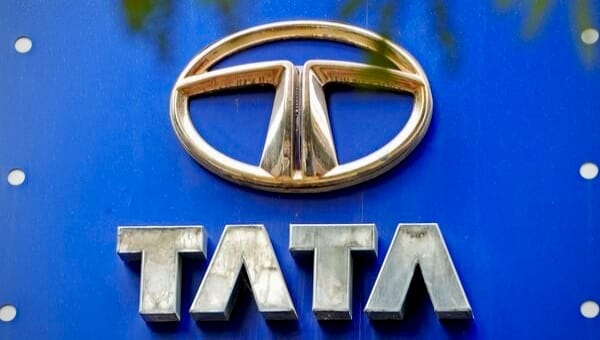
India’s 2019 consolidation of 10 public sector banks into four larger entities continues to bolster financial stability and credit growth, prompting a positive market reaction on November 15.
Financial markets reacted positively November 15 to stronger public sector banks. The Nifty Bank index climbed 0.36% to 44,051.75 points, while the broader Nifty 50 rose 0.25% to 19,765.20 points. “Policymakers committed to fewer, stronger banks capable of global competition,” Neha Singh, Chief Market Strategist at Axis Capital, said.
The 2019 consolidation, effective April 1, 2020, aimed to create larger, more efficient banks. Officials sought to improve lending capacity and cut operational costs by an estimated 15-20% through rationalized operations. “Our objective is building a strong banking system supporting India’s $5 trillion economy,” Finance Minister Nirmala Sitharaman said.
The Reserve Bank of India (RBI) endorsed the consolidation, citing its importance for financial sector stability and monetary policy transmission. The central bank emphasized enhanced supervision and governance for the larger entities, which manage assets exceeding $1.5 trillion. “These mergers proved critical for improving asset quality and enhancing banks’ shock-absorbing capacity,” RBI Deputy Governor M. Rajeshwar Rao said.
Previous PSB merger rounds, including State Bank of India’s 2017 amalgamation of associates, improved asset quality and efficiency. Public sector banks, holding over two-thirds of India’s banking assets, saw gross non-performing assets (NPAs) peak at 14.6% of total advances in fiscal year 2018, RBI data shows. The government targets reducing this figure below 3% by fiscal year 2025.
Analysts suggest larger, better-capitalized banks offer more competitive rates and expanded credit access, particularly for small and medium enterprises (SMEs) and infrastructure. “The consolidation fostered credit growth from around 14% to over 15% annually, providing impetus for capital formation,” Abheek Barua, Chief Economist at HDFC Bank, said. India’s Q2 fiscal year 2024 GDP expanded 7.6% year-on-year.
Operational integration presented significant challenges. These included harmonizing disparate IT systems, rationalizing overlapping branch networks, and managing diverse organizational cultures across the merged entities. Veteran banking executives recognize such transitions demand meticulous execution.
The bond market showed confidence November 15. The 10-year Indian government bond yield fell 5 basis points to 7.22%, indicating improved risk perception for the banking sector. Stronger balance sheets allow merged entities to raise cheaper capital, reducing their cost of funds. This is crucial for lending with the RBI Repo Rate at 6.5%.
Consolidated banks operate under heightened regulatory oversight, strictly adhering to global Basel III norms for capital adequacy and liquidity, necessitating higher capital buffers. The RBI is establishing new monitoring frameworks to ensure sound risk management practices and mitigate systemic frailties. This addresses concerns about “too large to fail” institutions.
Beyond market dynamics, consolidation impacted financial inclusion, particularly in underserved rural and semi-urban areas. Larger entities improved access to formal credit and banking services for segments previously reliant on informal lenders, fostering wider economic participation. Decades of financial policy insight confirm this as a pivotal step towards deeper economic integration.
The consolidation also reshaped the competitive environment. It pushed remaining PSBs to innovate, particularly in digital banking and fintech integration, to compete with agile private sector counterparts. Seasoned investors recognize that while scale confers strength, adaptability to technological advancements remains key against nimble competitors.
Policymakers’ consolidation strategy proved instrumental for India’s economic goals, creating a more resilient, globally competitive banking sector. Its ultimate success depends on rigorous implementation, sustained governance reforms, and widespread technological adoption. This strategy charts the nation’s financial trajectory for decades, a commitment recalling India’s major economic shifts.





